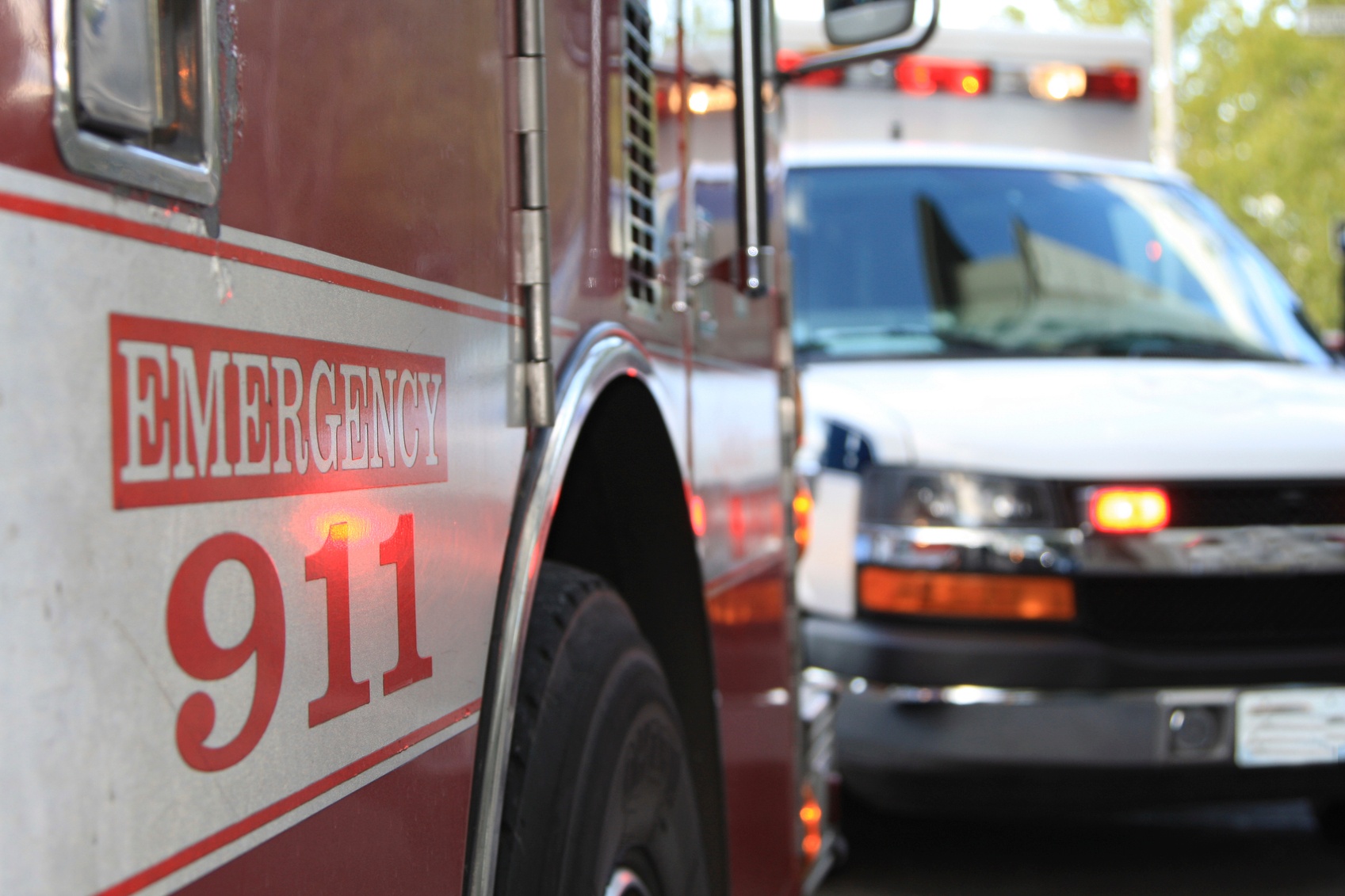
Leaugeay Barnes, educator, writer, and experienced paramedic, was kind enough to talk to us about her career in Emergency Medical Services for Women’s History Month. Thanks for taking some time!
Barnes says she started with an EMT class when she lived in Texas. “I was concerned if there were an emergency with my children, I would not know how to respond. I knew I could not forgive myself for not being prepared,” she says.
 Although she stared a career as a horse trainer, Barnes faced financial difficulties during winter months and after participating in an EMT-Intermediate (EMT-I) course, she began working as an EMT-I part time to make ends meet. Once she and her two daughters relocated to Oklahoma, and the horse training business faltered, Barnes decided to go into EMS full time, and took classes to become a paramedic.
Although she stared a career as a horse trainer, Barnes faced financial difficulties during winter months and after participating in an EMT-Intermediate (EMT-I) course, she began working as an EMT-I part time to make ends meet. Once she and her two daughters relocated to Oklahoma, and the horse training business faltered, Barnes decided to go into EMS full time, and took classes to become a paramedic.
When she was working as a flight paramedic at a hospital-based program, Tulsa Life Flight, the program manager received a call from Rogers State University, looking for paramedics with a bachelor’s degree to apply for a full-time EMS faculty position. “I was the only one,” Barnes says. “It was actually a lack of options for the university that provided me with the opportunity in EMS education, and I have been in education ever since.”
“I started running scenarios on my own with my second paramedic class in 2002.” Barnes explains, “The class and I became bored with lecturing all day. I sat down and thought about how I wish I had been taught, and revised my courses.” She continues, “Although I ran many scenarios, I didn’t begin standardizing them until 2009.”
She says her students’ favorite scenarios are mass casualty incident (MCI) scenarios that they do in collaboration with fire and police departments. “It allows them to work in a realistic interdisciplinary environment,” she explains. “We also do an airway lab where there are five to seven difficult access scenarios in a challenging environment, which can include sensory deprivation to work through with a partner.
“In general,” Barnes says, “Students love realistic scenarios that put pressure on them in different environments. I urge educators to take the time to set these up with moulage, and to include other departments and agencies."
Barnes worked with the National Registry of Emergency Medical Technicians (NREMT) at Oklahoma City Community College, which became one of the original portfolio and scenario testing pilot programs. She established a new program at Tulsa Community College, where the inaugural paramedic class was the first in the nation to officially participate in the NREMT scenario station in August 2016. The NREMT portfolio became the standard in January 2017. (See more at about the NREMT portfolio updates here.)
In September 2017, Barnes started a position at University of Hawai’I, Kapi’olani Community College. I asked what the challenges of an EMS simulation program at a community college were.
“As with most programs, there are challenges with funding a simulation lab and training all faculty member to use the equipment to its full capability,” Barnes says. “While nursing programs often have a dedicated simulation technician, this is rarely the case for EMS programs.” She adds that many programs struggle with writing standardized scenarios, identifying objectives, and having time to set up and run real-time scenarios.
After learning about the #EMSForward initiative from the Center for Patient Safety, Barnes researched it. “I think it’s a great idea, and long overdue,” she says of the program. She was surprised that the program hasn’t mentioned Dr. Daniel Patterson’s work specific to fatigue in EMS.
“I think fatigue and the long hours EMS personnel are forced to work in order to earn a living wage is a fundamental concern the entire EMS community should be addressing.”
As far as influential women in her life, Barnes has many people to mention.
“Outside of EMS, my mother's unwavering commitment to ethics and my grandmother's resilience in the face of adversity made a profound impact on how I manage challenges in my life and career,” Barnes says. “Every day I learn tremendous lessons from watching my daughters respond and adapt to their circumstances.
“If I have to choose a few women who have been generous enough to share both their time and knowledge, those that come immediately to mind are:
- I first met Dia Gainer as the Chairwoman of NEMSAC, and she impressed me with her no-nonsense, take-charge attitude at the highest echelons of EMS.
- Deb Cason has always mentored me with kindness and wisdom, providing a voice of reason in all situations.
- Joann Freel, executive director at NAMESE, has been gracious enough to offer many opportunities and is always willing to impart salient words of advice.
- Although, not 'in' EMS, Christine Emerton, who presented me with the EMS Educator Award of Excellence in 2016, has proven to be a friend and sounding board through the years. "
Leaugeay Barnes is the 2016 National Association of EMTs (NAEMT) National EMS Award of Excellence, EMS Educator of the Year, and NREMT-NAEMSE Regional Scenario Development Workshop Faculty. She also has been recognized as the following:
- 2007 Expert Writer for the EMS New Education Standards
- 2010 NISOD Excellence in Teaching and Leadership Award recipient
- 2010-2015 NEMSAC Appointee
- 2016- present NAEMSE & NREMT BOD
- 2017 Expert Panel Member for the Scope of Practice Revision Project
Thank you, again, Leaugeay, for your time. Pocket Nurse supports excellence in EMS education. Visit PocketNurse.com or speak with one of our account managers today to learn more about our EMSEd solutions.







